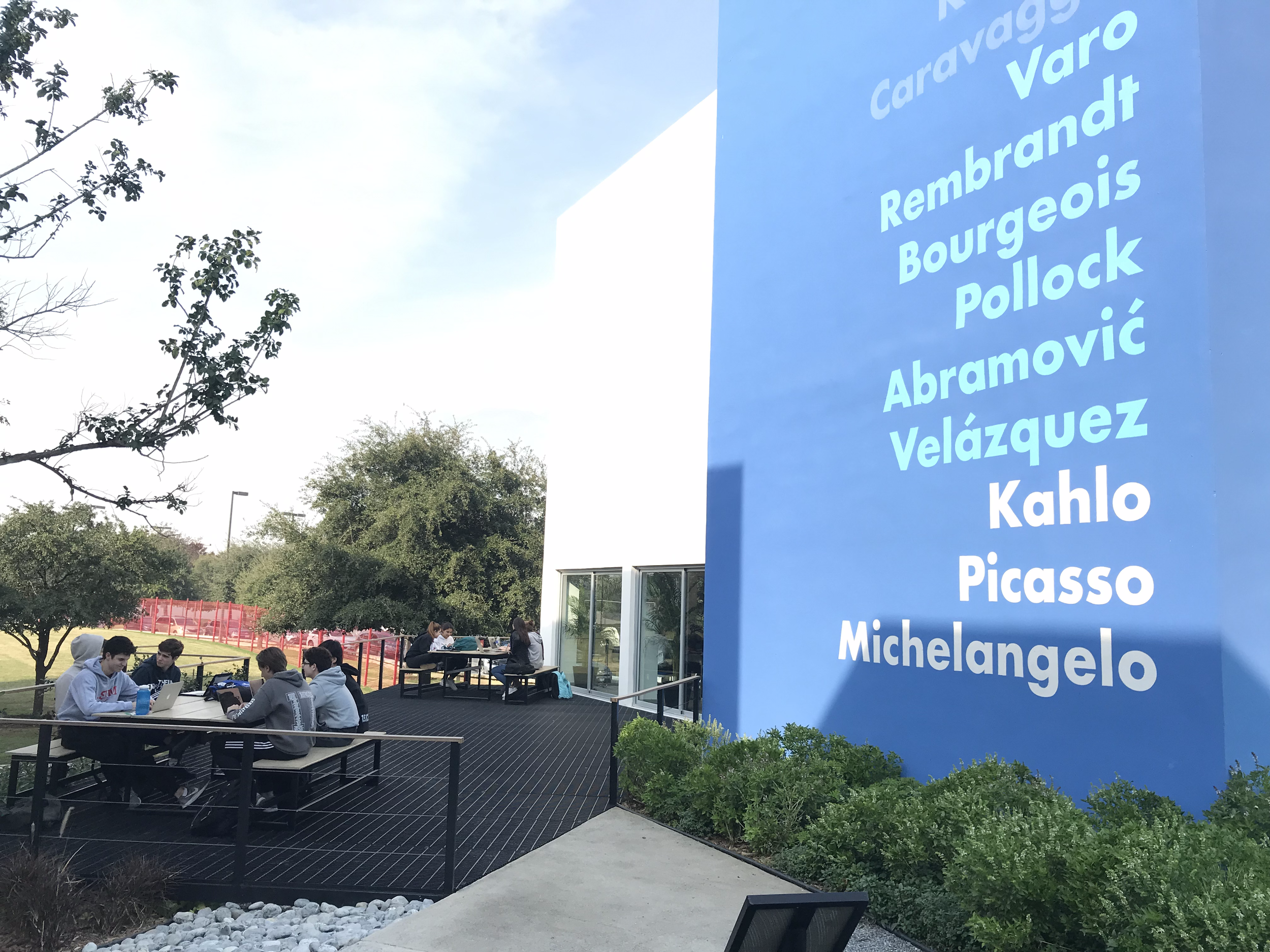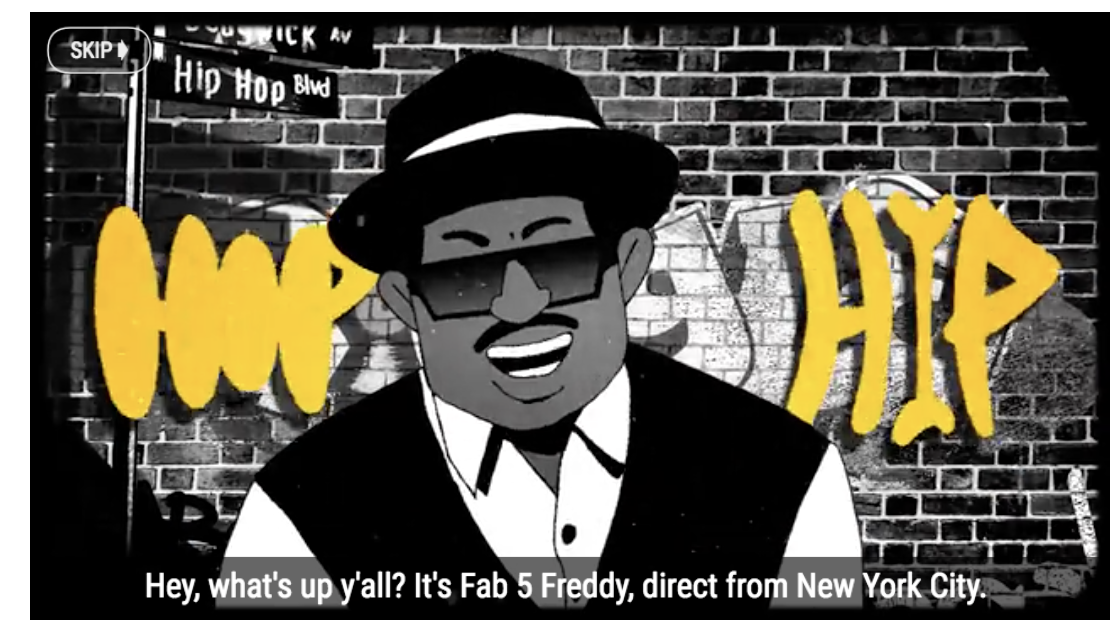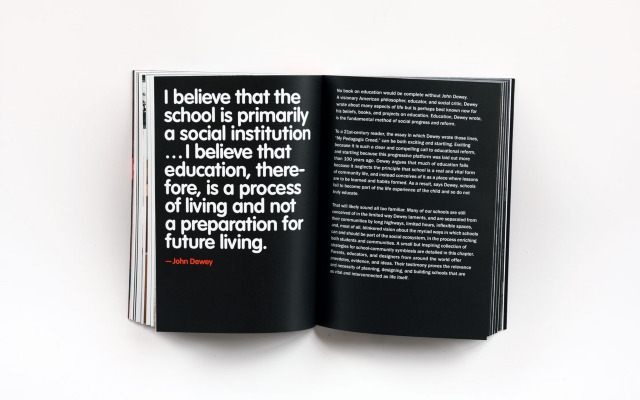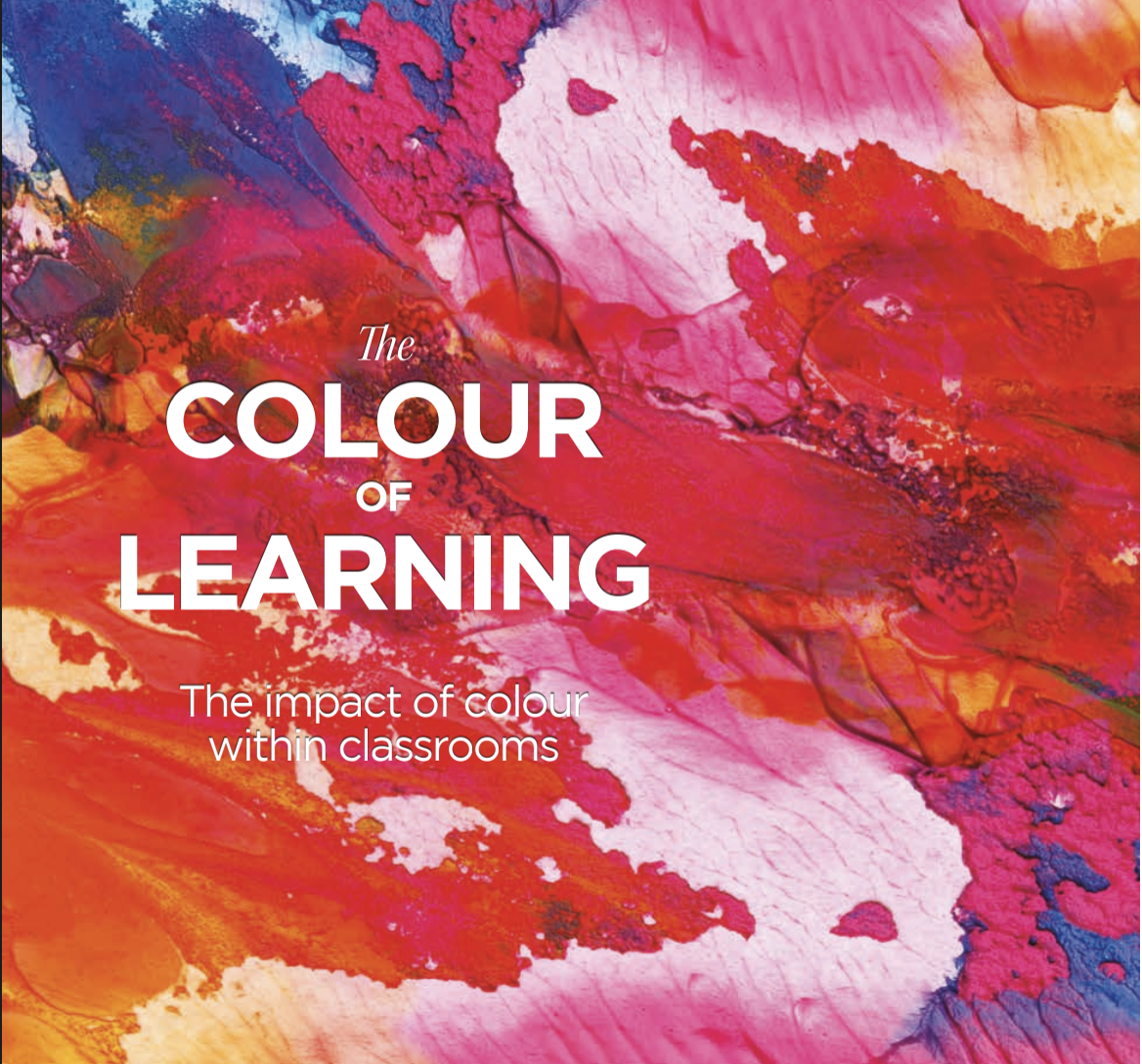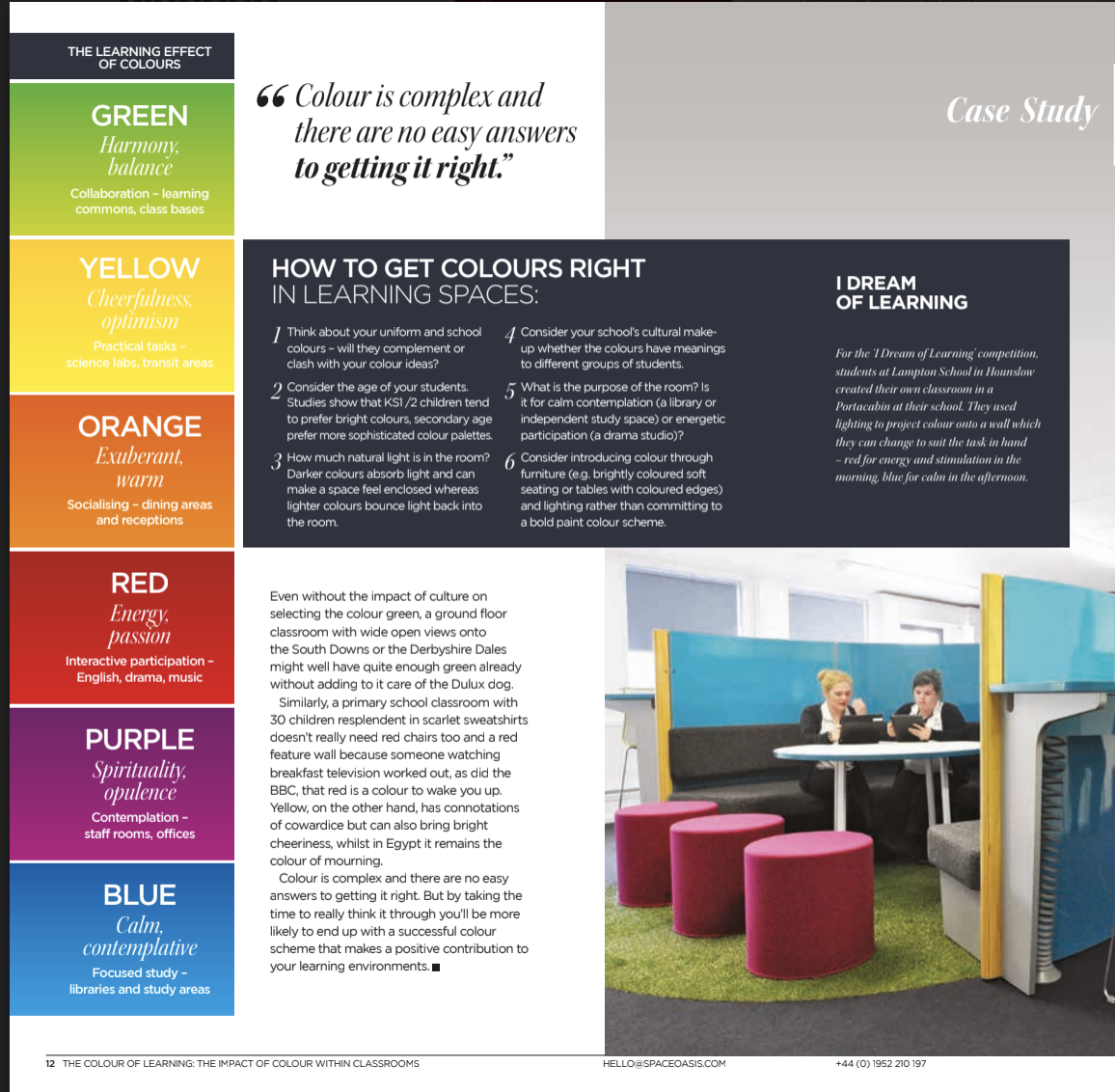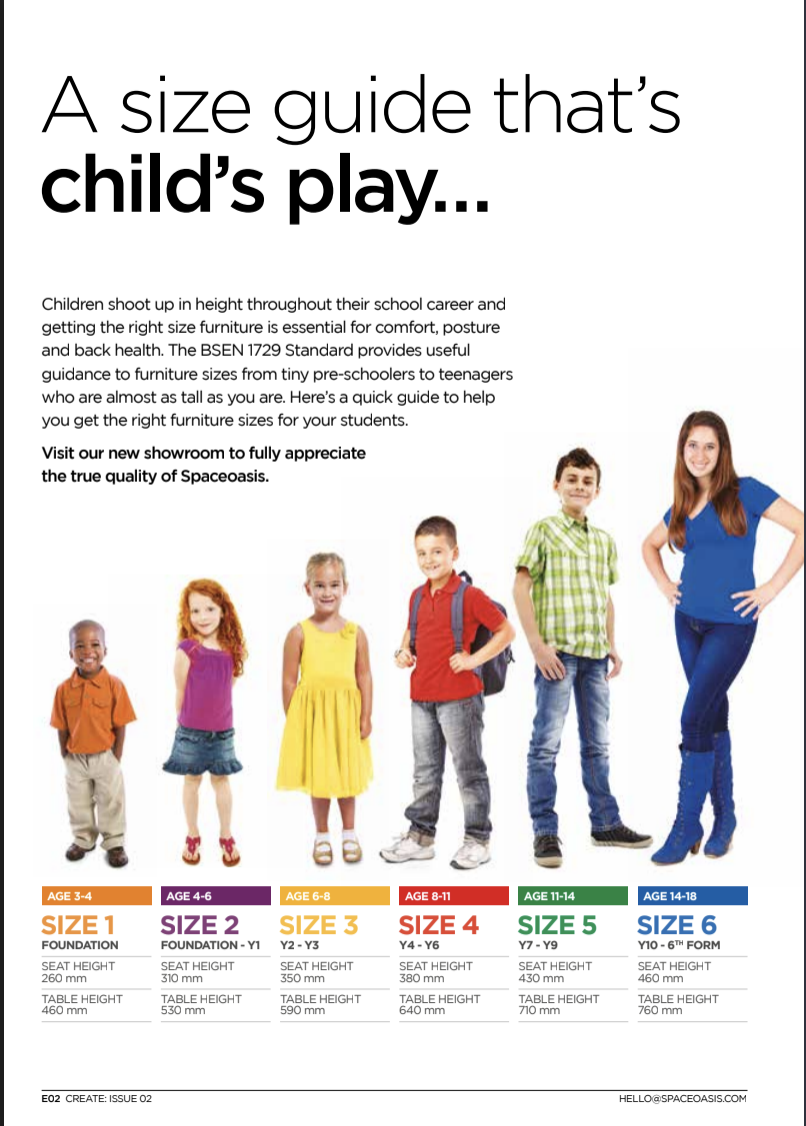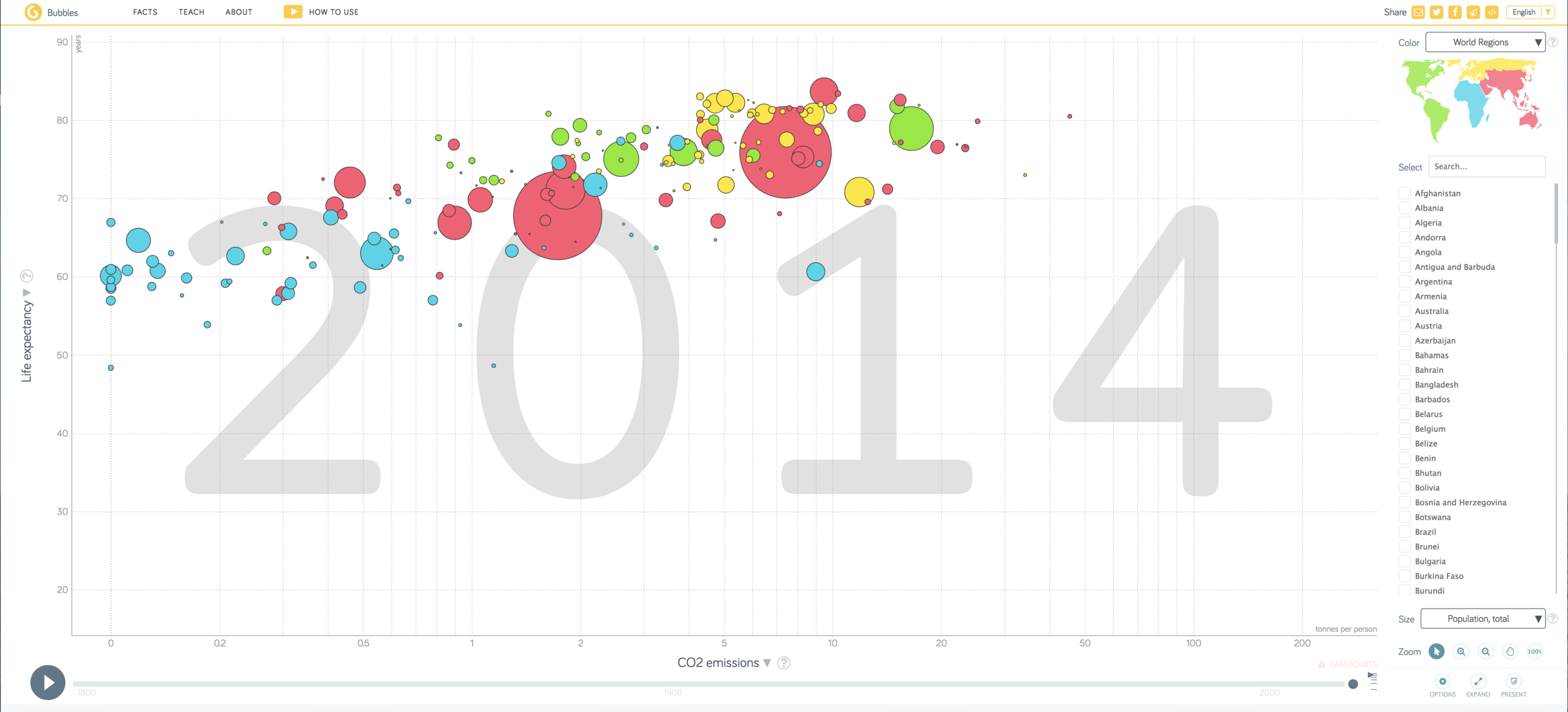This is the story of the transformation of outdoor “Spaces in Between” into vibrant Eco-Patios at the American School Foundation of Monterrey, Mexico. Special hanks to the leaders of the Edge of Excellence annual giving campaign and the generosity of Fundacion Deacearo, Additionally, this would not be possible without the open mindset of the ASFM community which was willing to explore the possibilities. These spaces will be a source of curiosity and wonder for generations to come.
The Launch of Eco-Patios at ASFM
Last school year we were given the opportunity to think differently about our previously unused outdoor spaces in-between the wings of our Middle and High School at ASFM. Thanks to the success of the Edge of Excellence annual giving campaign and the generosity of Fundacion Deacearo, we have been able to transform the spaces in-between into these vibrant Eco-Patios, which were launched August 2018. The video below tells a bit of the story, more to follow soon.
The Redesign of the Business and Tech Learning Experience
Courtesy: https://www.dfcworld.com/SITE
ASFM Design for Change: How Might We...design for change NOW!
How might we develop creative capacity and increase the social impact education has in our communities NOW. How might we “Design for Change”. I believe schools should have an impact on their neighboring communities NOW, not in the future. While many schools do a great amount of community service work it tends to be community service as an event, rather than a way of being. I wanted to explore how we can pivot that extra-curricular experience into a curricular one.
It turns out we are not the only school in the world wrestling with this. A while back a friend of mine, Christian Long, shared the Design for Change program, a community of schools from over 60 countries who are designing solutions to complex problems in their schools now and sharing their stories. Their website poses:
“What if – Every Today - education believed its mission was to empower every child with the ‘I CAN mindset’ – that children are ‘Not helpless, Change is possible and They can drive it’.”
The “I CAN Mindset” is what really resonated with us.
Introducing, the Change by Design course for middle school students which we launched in August 2018. I know this is a late post, better late than never. This semester Mercedes Ugarte and I are co-teaching this course with around 30 students enrolled. In this series I am going to try to share the process, product, and stories of this experience. Next up, the intro with the Fix It Challenge. Stay tuned.
Going back to the classroom after four years out has been an invigorating and re-energizing experience I think all leaders need to experience. I don’t understand leaders or teachers who say they “need(ed) to get out of the classroom.” I think what they are really saying is, they need to get out of education. You would never hear this from a musician or athlete. They’d never say, “I just need to get off the stage or field”. Nonetheless, going back into the “classroom”, which is actually a design studio in this case, has been a great experience I look forward to sharing more of.
ASFM Moonshots: The Pitch
In early October the ASFM Tech Action Committee gathered to discuss innovation at ASFM. Most of the committee, comprised of our Superintendent, Assistant Superintendent, Principals, Assistant Principals, Directors, Coaches, etc, had just returned from the annual Tri-Association Educators conference in the Dominican Republic. As a result we asked, “what are you curious about?” The responses were varied yet interesting. From there we shared out, partnered up, and committed to plan the next steps to explore. I shared for example, was that “I’m curious about authentically published learning platforms,” but that isn’t the focus of this post.
What I want to share is the journey we have started as a result of Sheldon Guenther and Jonathan Chenier’s being curious about an alternative education program which starts with our students as the designers. I am proud and honored to say that this week, less than a month after the spark was lit, we started with just that, students. We created an invitation to a journey to think differently about school with the video below. When the 9th grade generation met for an assembly, we took five minutes, pressed play, and walked away. We wanted to be as faceless as Daft Punk and let the idea move them.
As you can see, we started with “Why” and were purposefully unclear as to the direction we are headed. We also shared this out with students before we pitched to teachers. We are not sure to what extent that is a good idea but we wanted to emphasize our commitment to students being the focus.
On Thursday, November 1, we waited to see who this message resonated with enough to move them to take the first step. To our surprise, 15 grade 9 students felt compelled enough to explore the better plausible future. And so it has begun.
One non-negotiable aspect of this project is that we are going to follow the Design Thinking process and cast ourselves as designers and therefore relinquish, as much as possible, our biases admin, principal, teacher, adult. Those are layers of self which we want to inform but not influence. This an experience we are designing with students. As we move forward, we want them to be advocating to their parents, the board, teachers, community members, peers, etc, for a more personalized and autonomous learning experience.
By David Jakes
The first step of our ASFM L2E2 Design Thinking Process is Discovery. We need to know how students feel about their current learning experience, understand how they want to feel, and explore alternative mindsets and challenge the current model altogether. Everything is on the board to be redesigned. When we shared this with our Explorers, their posture changed. We have lift off.
What has been most impressive has been the extent to which our students have been able to express themselves with precision and articulateness. They have been able to express that they understand the structures and needs of education but also state why and how it doesn’t maximize their potential, time, or abilities. I have summarized the findings from our first sessions below.
How we feel about school?
Emerging Driers: Tired. Stressed. Unmotivated
How we want to feel?
Emerging Constraints: Inspired, Happy, Excited
If you were given a day to learn about anything, what would you choose to learn about?
What amazed me here is that what they chose to learn about wasn’t all that exotic but learned towards the practical. First aid was definitely not what I expected. The group also very quickly decided to increase the frequency of meetings from once to twice a week, with some also looking to extent the Discovery process beyond their grade level by connecting with Elementary students. In their words, “this may impact us in the short term but will mean more to them in the long term.” I’m going to let that breathe and wait to see where it lands.
The journey continues.
Friday Funday: 3 Googley Ways to Have some Summer Fun Now.
Looking for a little break from the reviews, marking, reporting, prep, and generally work in general, well look no further. Below you will find hours for wasting time, escaping, or recharging, depends on your mindset. Brought to you by Google.
1. Experiments with Google: You may have heard of Google Quick Draw or Emoji Scavenger hunt but these just scratch the surface of the Google Chrome Experiments available showcasing web browser based experiments, interactive programs, and artistic projects. Enjoy the journey down the rabbit hole into the web-based, VR, AI, and AR world. One of my new favorites is the Morse Code Experiment, check it out.
2. Google Doodle Games: Google Doodles are more than amazing pieces of art celebrating holidays and icons figures. The best ones are interactive but the trouble has always been that they are only there for a day. Great news, now you can turn back the clock into the archive of Google Doodle interactive games. Check out a few favorites below.
Rubix Cube: See if you can complete the digital version.
Basketball: With the NBA Finals going on, kids would love to see if they can sink 3s like Steph Curry.
Birth of Hip Hop: My favorite by far. Not only does the intro provide a great history lesson but the game is just pure fun.
Pony Express: Fun racing game that is as expected, addictive.
Pac Man: An oldie but a goodie.
3. Let me Google That for You: This is my favorite resource for responding to people who have questions that a simpple Google Search can solve. Have a little fun and start responding with one of these linked in your responses to emails which ask simple questions. Be aware, people’s responses to this may vary.
Popular Questions:
Discovery as Insight: 7 ESSENTIAL RESOURCES for ReDesigning Learning Spaces
In September of 2015 we at the ASFM Tech Integration department embarked upon the journey of redesigning experiences such as STEM, Blended Learning, and Learning Spaces. We took a group of educators on the on a week long tour of the possible through various schools and innovative organizations in California. I had previously been on trips of a similar nature when we were rolling out the 1:1 program at Seoul Foreign School and found it to be highly valuable as a new Tech Integration Coach. You don’t know what you don’t know and that trip broadened my horizon of what was possible so I thought we could do the same in Mexico.
Now while the insights compiled on that trip still serves as a valuable resource and was also a great team building event, what often happens is schools go on trips to other schools, or search the web for insights and end up adopting someone else's solution. The trouble is that is their solution which works for their community and when we are talking about space as a Third Teacher, you want to make sure that teacher knows your students. Therefore, I would encourage you to approach insight into concepts rather than tangible solutions.
Below are a brief collection of resources which we have found very helpful and I hope will provide guidance as you start thinking differently about learning spaces. Think of redesigning spaces as a continual journey into the possibility of a vision for learning and the space as a resource and tool for that. An articulate new vision for learning and process for bringing that to reality are essential to inform the space which act as a "Third Teacher". Until those aspects are clear, hold off on redesigning your space.
Courtesy of http://thethirdteacherplus.com/resources/
1. Third Teacher: 70 Ways You Can Use Design to Transform Teaching and Learning Book and Website: For us, this has been the most used and relevant resources for kick off the conversation about thinking differently about spaces with educators. Even though I have read it dozens of times, I still find a new insight whenever I pick it up. In a previous post, “Discovery as Insight”, I expanded on the potential use of this resource.
2. Make Space Book: This is the story, guide, and archive of the development of the d:School at Stanford, the Mecca for design. When redesigning spaces this resource really offers some tangible and achievable ideas for “setting the stage for creative collaborations.” Not a page is turned without a spark being lit.
Courtesy of Steelcase
3. Steelcase 360 Magazine: For us, and many schools and organizations, Steelcase is the industry standard when it comes to furniture solutions. Their 360 publication has released three publications, The Education Edition, The Creative Shift, and Making Space Disappear, which have pushed us to think differently and offered valuable resources. Click the link to download copy or view online. While Steelcase products are generally only appropriate for middle and high school at best, the concepts discussed in these publications are universal.
4. Create Magazine by Spaces Oasis: Space Oasis is furniture company based out of England and while we have not been fortunate enough to prototype their products, due to the cost of shipping from England, we have found their publication intriguing. Specifically their size and color guides which have given us a great jump off point for developing color palettes for spaces and design custom furniture with local designers and artists.
5. 7 Spaces for Learning: Ewan McIntosh’s video expands on Matt Locke’ 6 Spaces of Social media from 2007 and translates and applies them to education in a physical context. We have found this resources useful in the context of differentiation of learning spaces and while discussing the status of learning spaces in relation to this pre and post installation. I have summarized the main points below for a quick reference.
Summary of the 7 Spaces of Tech and Our Physical Schools Environments courtesy of Ewan McIntosh
6. Redesign of Spaces Deliverables/Manifestos: Sometimes it is hard to understand how the Design process translates a vision for learning into a spatial concept. For us at ASFM, we had a good understanding of the Design Process and an evolving depth of knowledge of what was possible, but it wasn’t until David Jakes shared some of this sample deliverables that we really started to understand the possible. Over the past 2 years we have redesigned a number of spaces and published the Deliverables and Manifestos of the spaces below. These are just a snapshot of the process but should give you an idea of the process.
7. Inspiring Spaces YouTube Playlist: These are a series of videos which can give you an idea of the process and purpose behind redesigning learning spaces. There is a variety of case studies, process walkthroughs, and tutorials or speeches to provoke thought into thinking differently about learning spaces.
These are a brief collection of resources which we have found very helpful and I hope will provide guidance as you start thinking differently about learning spaces. There are many more out there which are highly valuable and many which we have not come across yet that I hope you will share. Think of redesigning spaces as a continual journey into the possibility of a vision for learning and the space as a resource and tool for that. An articulate new vision for learning and process for bringing that to reality are essential to inform the space which act as a "Third Teacher". Until those aspects are clear, hold off on redesigning your space. For more, check out my post, "Process Matters".
In an upcoming post I am going to share how we have taken all these insights, along with empathy building and observations, to develop our universal design principals which now inform all spaces redesigned at ASFM. We are on the journey towards redesigning a representative sample of learning spaces in grades Nursery through 12 and in all content areas. We will continue to share the story here an on www.ASFMLearns.com.
ASFM L2E2 Design Process Designed by David Jakes
Process Matters
If you're starting to think about redesigning spaces, don’t take another step until you have a process. The product cannot proceed the process. Luckily, our journey at ASFM into the redesign of learning spaces coincided with my attending an event with David Jakes. Afterward we spent most of the 2015/16 school year researching and developing teams proficiency in Design before we installed our first space. This included reading of numerous books, pull out days for PD, bringing David to Mexico, and running various groups of students and teachers through numerous design charrettes. We intentionally went slow, listened to understand, and challenged ourselves to be vulnerable to fail loud and fast.
David’s work with St.Thomas Aquinas High School.
At the end of it all, we had collaboratively, with David Jakes, developed the ASFM L2E2 Design Process, a process not just for the redesign of spaces but for thinking differently about the learning experience. Process matters and Design is the creative and problem-solving process of the world, period. Better yet, we have modified it to meet the needs, respect the traditions, and respond to the language of our community. We now are in our second year of redesigning spaces and we can confidently say our process guides us to redesign the learning experiences based on our needs, goals, and collaborative vision for learning.
Getting Started in International Education
It’s been almost 10 years since my wife Kyla and I decided to take the leap and embark on an adventure of teaching overseas. At that time in 2008, we had been married for little under a year, owned a home, two cars, a lot of debt, and I had a permanent contract with Edmonton Public Schools and Kyla had just graduated from her B.Ed program at the University of Alberta and had an offer on the table the same district. Life you could say, was going to plan.
But that wasn’t the plan. There are things you say and things you're going to do and Kyla was not going to let teaching overseas be something we always said we would do. So we dove head first into the international job market that May of 2008. Little did we know this was very late for the international teacher job market, so we were left with jobs which had remained unfilled since October. We also had little idea where to look, what questions to ask, what contracts looked like, nor what work conditions were. Our only exposure to the international education lifestyle was from a colleague I met during my student teacher placement who had taught ESL in Asia and referred me to the famous Dave’s ESL Cafe as well as passed along a book, the title of which I cannot recall. Needless to say, we have learned a lot about this “International Teaching” gig since then and have a lot of paying it forward to do.
For some reason around this time of year I get contacted a lot by teachers outside of the “International Education” scene asking what it is all about and how to get started. This is my response not only to those who mail me directly but also for those who are just curious. I’ll do my best in this series of posts to give back what we have received and more in terms of guidance and support.
FAQ #1: Do you teach english overseas?
A: No. There is a major difference between those ESL teachers and International School educators. In a nutshell, international educators teach content, like History, Science, Math, English in private K-12 educational institutions aimed at providing students an International/American/British/etc learning experience, primarily in the language of english. For the most part, to teach in an International School, you need an education degree, certification, and a couple years experience in your home country.
AQ #2: How do I find a job?
A: There are two agencies I would recommend you start with, especially if this is your first time applying, Search Associates or International School Services. We have found jobs with both but have had a better experience with Search Associates. This may have been due to the fact that we started with Search Associates early when we were hoping to move to Asia and attended their annual job fair in Bangkok. What I wouldn’t recommend, is going with neither if you are new to the job market. Both will connect you with available jobs/positions in hundreds of schools around the world, contract information, the ability to apply directly, and a mentor who has experience connecting educators just like you with teaching positions. If you are able to, I would highly recommend going to a job fair. That being said, more and more schools are trying to hire at least half of their positions via Skype before they have to go on the fair circuit.
FAQ#3: When do I start looking?
A: Teaching positions tend to open up between October and December 31st for most international Schools. I would recommend being ready to apply within that time frame. That means having all your traditional applications documents ready as well as a strong web presence. I cannot emphasize the importance of this enough. In this market, you have to market yourself to gain that edge and share the best of yourself in the most efficient manner possible. International schools process hundreds if not thousands of applications for dozens of positions and having a strong and active website showcasing your practice is often a tipping point in the hiring process, especially for progressive schools.
FAQ#4: How do I know if a school is a “good” school?
A: This is a tough questions. There are a wide range of international school out there servicing a wide range of demographics and it is very subjective as to what qualifies as a good vs bad school. International Schools Review is a resource which receives mixed reviews but one which I have found valuable as a reference amongst many including Google searches, reaching out to my expat network, and the previously mentioned agencies. It is important to understand that ISR is an open review site where anyone can post a review on any school.
I hope this is helpful to those exploring international education for the first time. Blog posts to come in the future will expand upon the experiences we have had and some other things you may want to consider before taking that leap.
Data that tells stories with Gapminder Tools
There is a big disconnect between perception and reality in a world of click bait driven media, profit driven news, and an overwhelming amount of content at our fingertips. Fortunately we are seeing more and more massive collaborative efforts to make data live, public, and easily accessible. You may recall Hans Rosling’s TED talk: Debunking third-world myths with the best stats you've ever seen from over 10 years which wowed us with data and the ability to delineate historical events, impact and similarities between between nations which once seemed so different.
Sadly since then, Hans has passed away but graciously he left us a legacy and his work lives on and continues to grow on through the efforts of this son, Ola and his daughter in-law Anna through the Gapminder website and their newly published book Factfulness.
Gapminder Tools puts the data that wowed us a decade ago into the hands of anyone. Users can select from a from a large variety of datasets ranging from life expectancy to literacy rates, to energy, to name some from any country on earth over the past 100 years in various forms including maps, bubbles, ranks, or graphs, etc. Data comes to life, can tell a story, or unearth new truths for students.
Hans Rosling's FactPod: If you dig deep enough might be fortunate enough to stumble across the 18 part Factpod Series which addresses some of the world's most pressing issues such as Ebola, refugee crises and how Mexico is closing the gap on the US. What a gift for students and teachers. This is an amazing showcase of what his possible with data. I wonder what stories we will tell.


